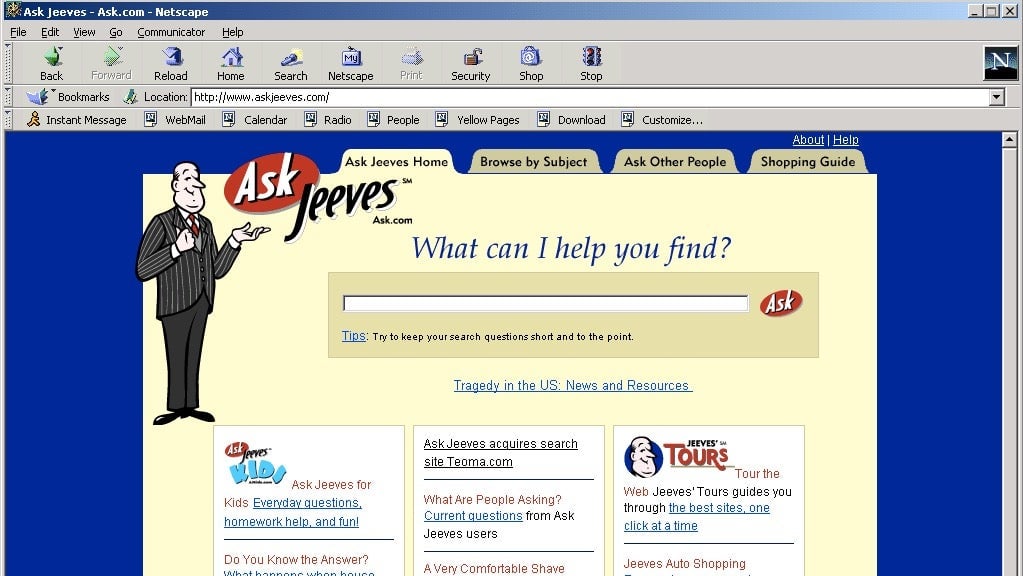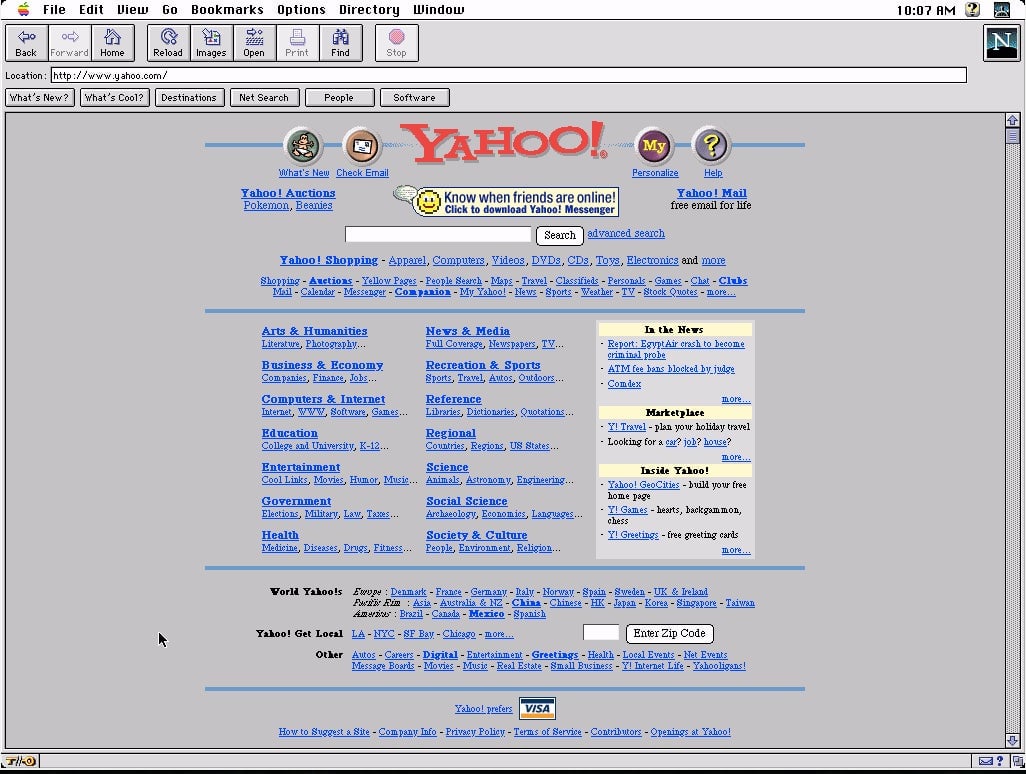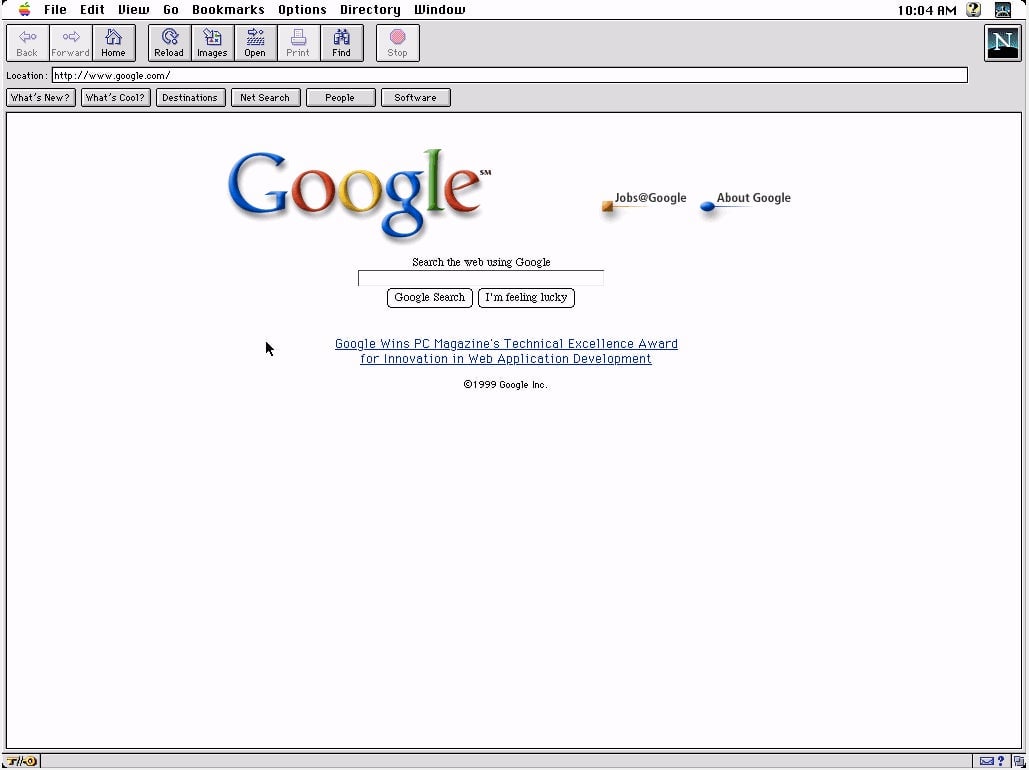You can now browse the web like it’s 1999 again
If you long for the days of dial-up modems, help is at hand. A new web portal, called oldweb.today, lets you surf the web using some of the web’s earliest browsers, like Mosaic, Netscape Navigator, and Internet Explorer 3.0.


If you long for the days of dial-up modems, help is at hand. A new web portal, called oldweb.today, lets you surf the web using some of the web’s earliest browsers, like Mosaic, Netscape Navigator, and Internet Explorer 3.0.
The portal captures the web-browsing experience before the dawn of the new millennium, those halcyon days when Ricky Martin’s “Livin’ La Vida Loca” topped the charts. Unlike back in the day, however, you don’t have to make sure that no one is on the phone when you hop on your Gateway desktop computer, or suffer through the dial-up modem klaxon when you go online.

Now, you can log onto the site, choose an old browser, select a year, and pull up an old website. The site then launches a virtual desktop on an old-school operating system, opens up your old browser of choice, and, eventually, loads a website in all its pre-Y2K glory. You can also try to pull up a modern website, but we wouldn’t recommend that—if you get past the myriad JavaScript error popups, your page will likely still be too heavy for old browsers to load.

The interface definitely recreates one important aspect of 1990s browsing—it’s really slow. For every minor grievance we have with the supercomputers in our pockets and our content-streaming flatscreen TVs, it’s worth remembering how far the internet has come in such a relatively short time. Other than ordering a book off Amazon, or looking up the weather on Yahoo!, there’s not much on today’s web that would’ve been as easy to do in the 1990s.

The portal was built by developer Ilya Kremer and artist Dragan Espenschied, and backed by Rhizome, a digital arts foundation.
In a blog post, the foundation said that today’s browsers are meant to be invisible. “In the 1990s, browser design took nearly the opposite approach, using iconography associated with travel to convey the feeling of going on a journey,” it said. Netscape Navigator had a ship’s wheel as its logo, and Internet Explorer had an animated loading symbol shooting around the globe. “This imagery reinforced the idea that the web was a very different kind of space from the ‘real world,’ one where the usual laws and taxes shouldn’t apply,” the foundation noted.